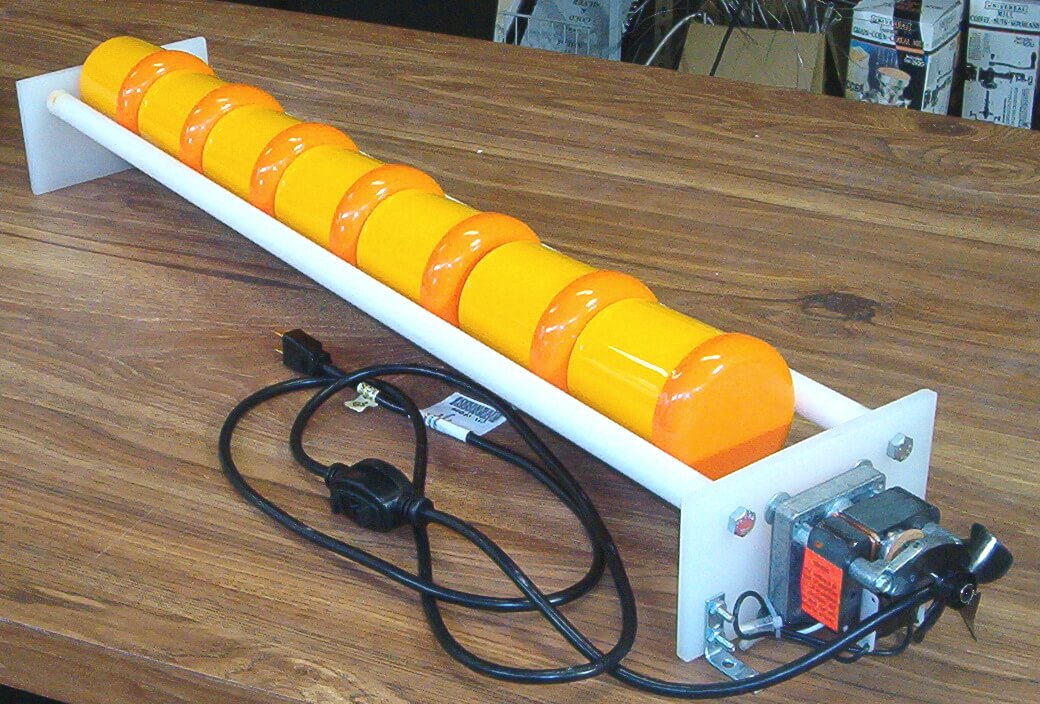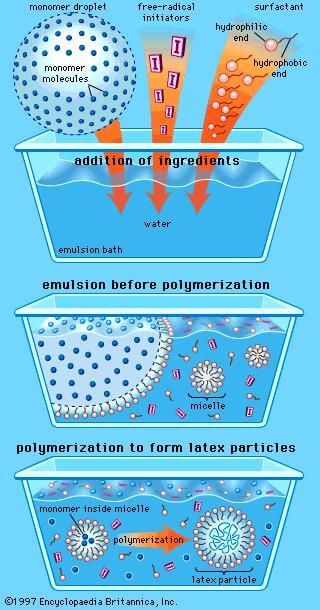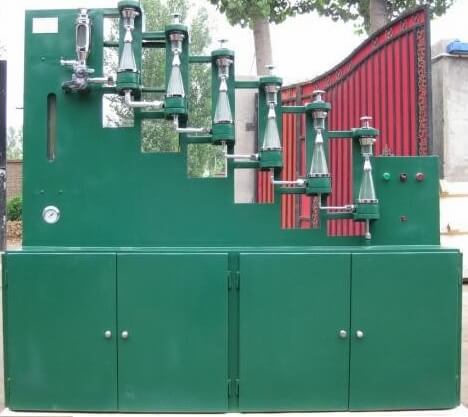Cyanide Gold Extraction Process

Here is a method on how to conduct a cyanidation bottle roll test AKA Cyanide Gold Extraction Process: Riffle out 400 grams of the ore. Grind to pass 200 microns (“13-15 minutes for hard rock ores;” 10 minutes for oxidized ore) grind at 35% solids. Wet screen. Retain and dry fractions. Settling overnight of – 45um […]
Cyanide Bottle Roll Leach Test – Leaching Procedures

List Equipment Required to Perform of a Standard Bottle Leach Test Winchester bottles, with tops Plastic tape to seal tops of bottles Flexible air lines for possible aeration requirements Magnetic or mechanical stirrer for agitation Timer, pH meter, thermometer and weighing device Leachants, i.e. acid, alkaline or neutral solutions, or specific solutions Filter: vacuum or […]
Agglomeration of Particles
Agglomeration is the formation of aggregate by the sticking together of feed and/or recycle materials, and it includes the formation of agglomerate nuclei. The main objective in agglomerating fines being the conversion of ores, minerals and chemicals of undesirable fineness into agglomerates characterised by a size consistency desirable for subsequent use or processing. In metallurgical […]
Storage of Polymers
Storage of Solution polymers that are shipped in bulk, tote bins or in plastic drums. Solution polymers should be stored between 35º and 105°F and protected from freezing. If freezing occurs, the product should be warmed to 40º – 90°F and agitated prior to subsequent use. Product rotation is recommended to avoid prolonged storage times. […]
Dry Polymers
Dry polymers are typically made down to 0.25% solutions by adding 0.5 grams of polymer to 200 mLs of water. Use the same water for laboratory solution preparation that will be used to prepare samples in actual plant situation. The recommended mixers for dry polymer are magnetic stirrer (with large 2 inch magnet), overhead mixer, […]
Emulsion Polymers -Mixing Procedure

Emulsion polymers are polymer in oil emulsions and are designed to “break” out of this emulsion into a water solution at 0.5 to 1.0% concentration. If water is allowed to get into the bulk storage tank, either by backing up in the feed line or by condensation, gels will form. They may take the […]
Preparation of Solution Polymers
Here is a Procedure for the Preparation of Solution Polymers: Solution polymers can be made down to any convenient concentration for laboratory testing. Suggested solution concentrations should be based on the expected dosage, ie: For raw water clarification 0.05 to 0.10% or for use in sludge dewatering at 1.0 to 5.0%. Use the same water for […]
Settling and Thickening Test Procedure

The choice of Settling and Thickening test method and procedure depends to some extent upon the temperature of the pulp, its flocculating characteristics, the required supernatant clarity, and the equipment available. The Long Tube Method may be used for all materials which settle without a clearly defined interface. However, where the feed in question is well flocculated, either […]
Flocculation Test Procedure
A Flocculation Test Procedure is used to determine how much Flocculants need be added to solids in suspension (slurry or pulp) to cause the individual particles to collect in the form of flocs. The formation of flocs aids in improved settling rates, better overhead clarity and/or faster filtration rates. There are three main methods for achieving aggregation of […]
Cyclosizer

A cyclosizer, in principle, is an “old sizing machine” allowing size analysis of sub-sieve size (-38 micron). One of the most widely used methods of sub-sieve sizing in modern mineral-processing laboratories is the Warman Cyclosizer which is extensively used for routine testing and plant control in the size range 8 – 38 micron for minerals of specific gravity similar […]
